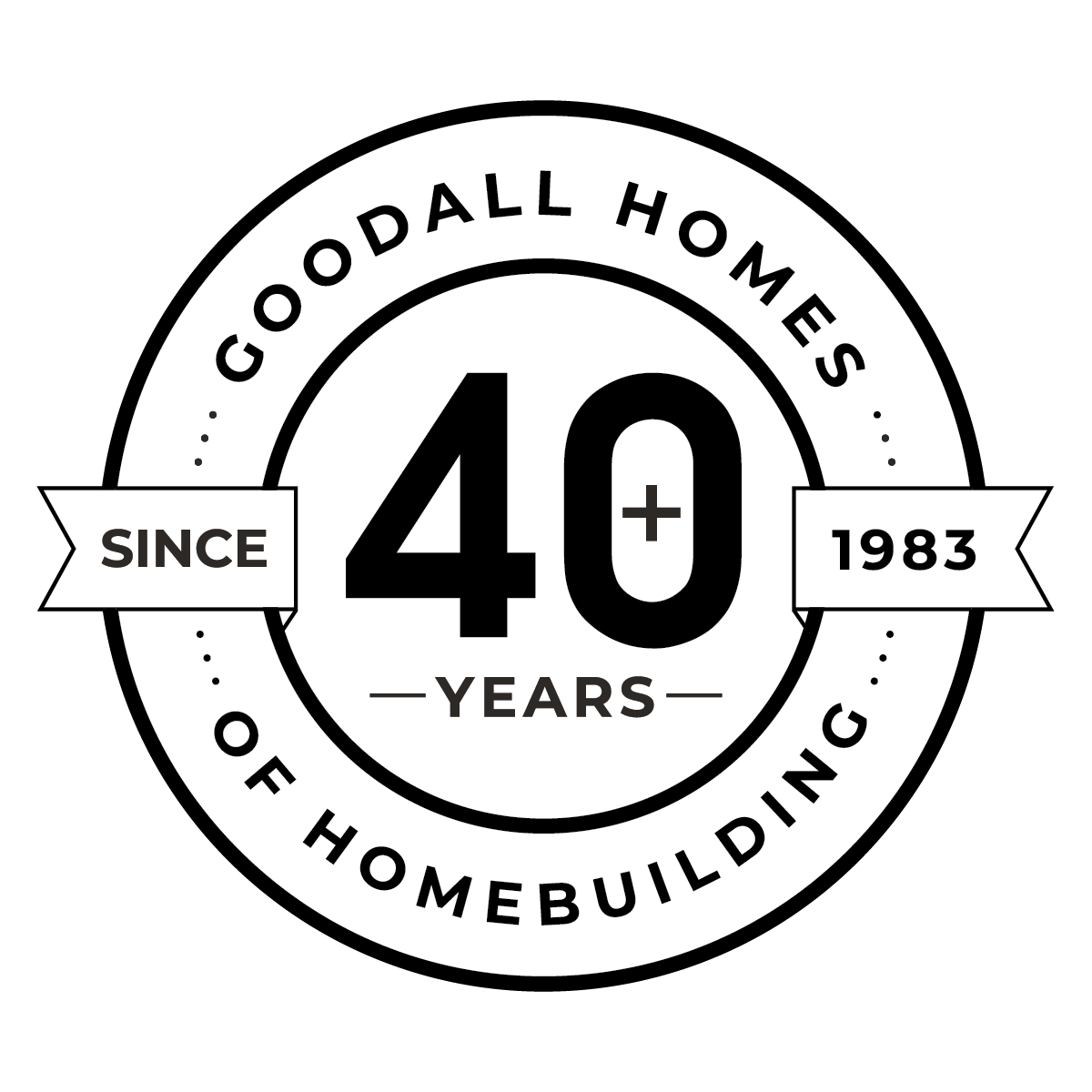Energy Efficiency Tops Wish Lists for New Homes
The Goodall Homes Story Menu
April 14, 2015
Energy Efficiency Tops Wish Lists for New Homes
(This was written by Bill Lewis of the Tennessean. For direct link, click HERE. And to see accompanying video, click HERE.)
Along with granite counter tops and hardwood floors, Goodall Homes' newest model home showcases a feature that the company believes is at the top of the wish list for many people buying a new house — energy efficiency.
Goodall, one of the Nashville region's largest home builders, added an Energy Room to its model home in Gallatin's new Carellton subdivision. The room gives potential home buyers a behind-the-walls look at the energy saving features the company began building into all of its homes last July.
The response has been so positive that the company is adding Energy Rooms to its model homes in the new 614-home Millstone subdivision in Hendersonville and at its existing StoneBridge subdivision in Lebanon.
"It's not as much fun as going on Pinterest" to look at pictures of paint colors and home decorating, "but the Energy Room gives us a tool to show how things work," said Goodall Vice President Ryan Clinard.
Other builders have also concluded that energy efficiency is the new granite, something that customers have come to expect.
Compared to the cost of heating and cooling an older house, new homes are much less expensive. Those savings add up over the years, said John Burns, vice president of operations for Regent Homes.
"We're not charging more for it. We think it's something that appeals to customers. Everybody's happy about saving money in a house," he said.
Return on investment
Low heating and cooling bills were an added bonus for Jon and Caitlin Sell, who moved into their all-electric, 1,700-square-foot Regent home at the end of 2013.
They stay comfortable on the hottest and coldest days of the year without worrying about the expense. Their average monthly bill is around $115. Their highest bill, during last winter's cold snap, was about $220.
"It's kind of spoiled us. It was icing on the cake," said Jon Sell.
Their house in Williamson County's Woodside neighborhood has the energy saving features that Regent builds into almost every home, which Burns said include upgraded wall and attic insulation, a heating and cooling system with a Seasonal Energy Efficiency Rating (SEER) of 14, LP TechShield roofing and compact fluorescent and LED lights.
"We're trying to put in the upgrades that will be of the most value," said Burns.
Regent calls its homes Energy Smart. Other builders have their own features. Drees Homes, for example, includes improved thermal enclosure systems, energy efficient appliances and lighting and efficient heating and cooling systems in its DreeSmart Conservation Innovations program.
Celebration Homes builds every home to Energy Star standards, which the company says are at least 15 percent more efficient than a home built to comply with existing codes.
Ryan Homes says its BuiltSmart program uses advanced construction techniques, Energy Star appliances, efficient heating and cooling and environmentally friendly paint, carpet and other materials.
Every house built by Beazer Homes is Energy Star certified. Each house also receives a Home Energy Rating System (HERS) score, which rates energy consumption. A low score is desirable. Older homes score around 130 and many new homes score around 100. The average Beazer home scores a 65.
A matter of comfort
At Goodall, energy saving features include programmable thermostats, LP TechShield roofing, compact fluorescent lighting and 25 percent more insulation than the industry standard, which Clinard said make a home more comfortable as well as less costly to heat and cool.
"The market was starting to demand it," he said. "People think quality is the amenities of the house. Quality is also the comfort of living in the house."
Jon Sell believes his home's energy saving features would add to its value if he ever decided to sell it. But those features also make it hard to think about moving.
"If we ever wanted to move," he said, "it would be hard to get into something that's not as energy efficient."
Latest Posts
May 1, 2024
Should I Buy a New or Used Home?
February 12, 2024
Rate Drop Protection with Silverton Mortgage
November 10, 2023
Why Pay 100% interest! Ready to get off the rental 🎢 ride?
May 5, 2023
Giving Back and Building Dreams with Habitat for Humanity
March 23, 2023
Spring has sprung! Now’s the Time to Spruce Up Your Home
December 31, 2022
A Place for Everything In Your Goodall Home
The Latest
From The Goodall Homes Blog

Your Dream Starts HereIf You Have Questions, Our Team has the Answers!
Call Today (615) 645-3903
Get Started Today
Contact Us





